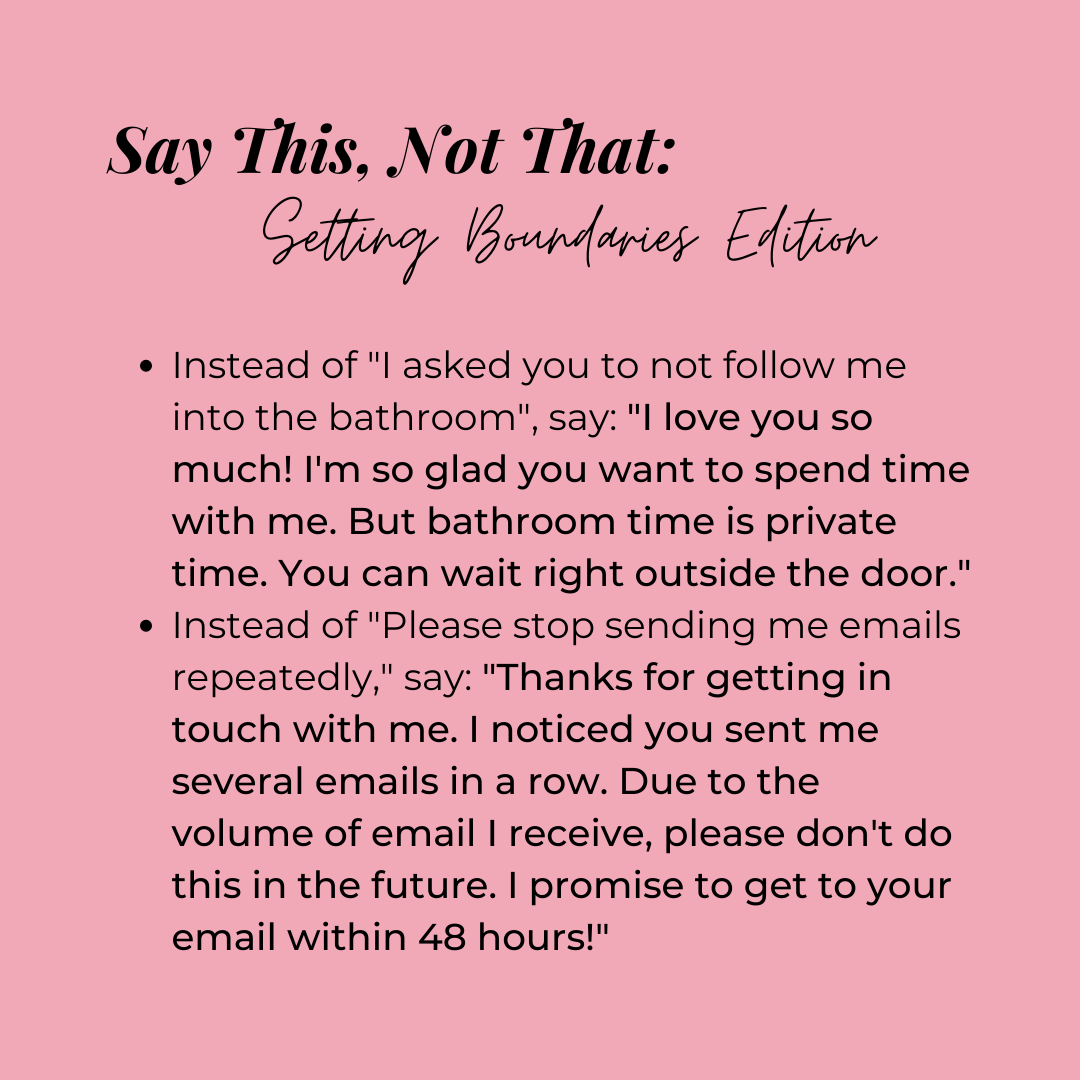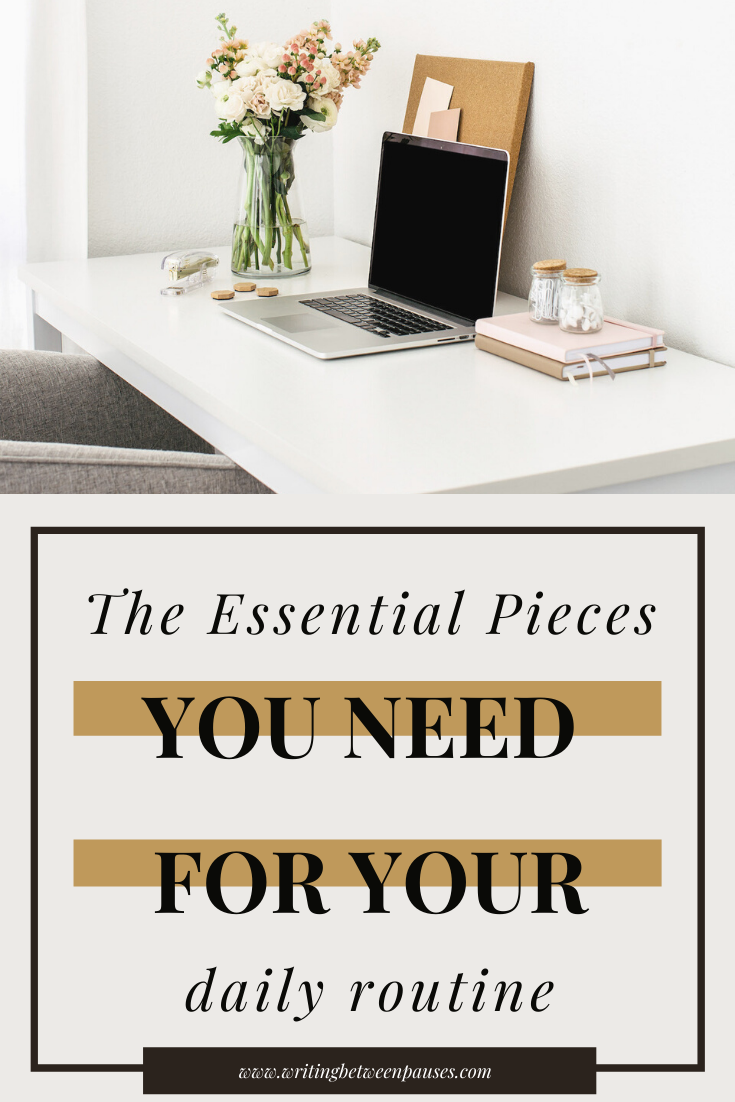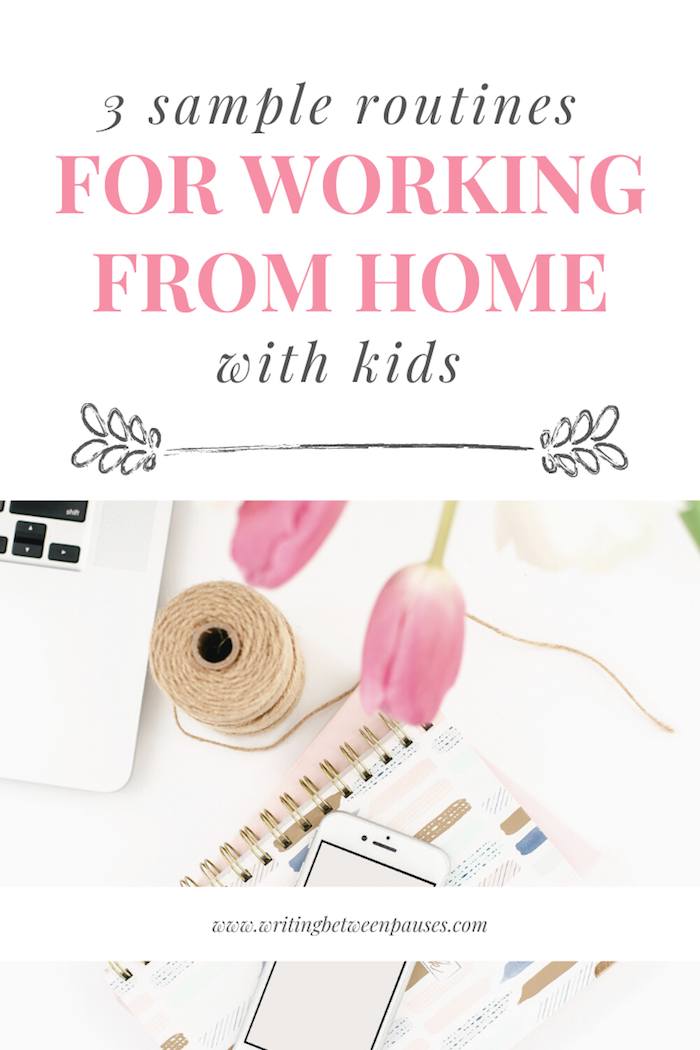This month, we’re going to talk about establishing boundaries: in your business, in your personal relationships, and beyond. Establishing boundaries is so important to everyone and something we don’t talk about enough! I hope you find value and comfort in these blog posts. You can read all posts in this series by clicking here.
This week, I’m finally ready to post my full guide to setting boundaries. This guide will cover everything you need to know about setting boundaries: what that means, how to do it, what to say, and how to keep yourself from letting boundaries lapse.
Boundaries are one of the best things you can do to keep your relationships—from work to home—emotionally healthy, as well as to improve your own mental health. There are tons of benefits to setting boundaries—you can read the pull quote below, but here’s a rundown:
Setting boundaries reduces your stress, as well as your mental load. If you aren’t having to constantly balance the emotional needs of other people, or be on call to everyone at the same time, then you will experience way less stress.
If you have children, setting healthy, respectful boundaries teaches them to do the same thing: to set healthy, respectful boundaries, to respect themselves, and to prioritize their mental health.
Setting boundaries help define the line between your work life and your home life.
I’m glad you’re here and reading my guide to setting boundaries. As I’ve said in previous posts in this series, I’m not a mental health professional—just one person who loves to write and who attends therapy to help set boundaries in my professional and personal life! I hope you find this guide helpful.
How to Set Boundaries
What does it mean to set boundaries?
Good question! Here’s an example to help illustrate what that means.
Let’s say you are a mom of 2. Your children’s ages are 3 and 1. Both are walking, but only one is verbal at this time. They have a bad habit of always following you into the bathroom no matter what. You wish they wouldn’t, but if you close the door, the one-year-old throws a fit and the 3-year-old joins in.
What is a boundary to set in this example?
Establishing with the 3-year-old in age appropriate language that you want to be alone in the bathroom. Bathroom time is private time.
Remind yourself that you deserve private time. Again, bathroom time is private time and you get to decide if you want your children in the bathroom with you or not.
Encourage the 3-year-old to entertain the 1-year-old when you’re in the bathroom. “It upsets [baby] when I go to the bathroom. But bathroom time is private time. If she gets upset, can you comfort her for me? You’re so helpful! When I’m done, we can all bake cookies together.”
Firstly, the boundary is defined: you want to go to the bathroom alone and you have that right, even from your children.
Secondly, the boundary is communicated: from now on, you’ll be going to the bathroom alone and closing the door. There will be consequences if they open it.
Thirdly, acknowledge their emotions. “I know it’s upsetting with Mama goes to the bathroom alone. I love that you want to spend time with me. But bathroom time is private time.”
Lastly, you keep the boundary. When you go to the bathroom, you close the door and you don’t let your children sit at your feet.
That’s just one example of setting a boundary! But here’s a rough outline of those steps again:
Define the boundary and why it is important to you.
Communicate the boundary.
Acknowledge the needs of others.
Keep the boundary established (even when it’s challenging).
The last steps is admittedly the hardest one. How can you stick to your boundaries when you have a child crying outside the bathroom door? Or when a client calls you over and over on a Saturday afternoon? Or when your boss asks you to please respond to emails after 7pm? Where do you draw the line? Let’s talk about sticking with our boundaries—that will make up the majority of this guide!
How to Stick to Your Boundaries
Enforcing Boundaries with Love and Kindness
First things first, let’s remember why we’re setting boundaries in the first place.
In the example I provided, we aren’t setting a boundary with our children to be alone int he bathroom because we don’t like our kids. We want and deserve a few minutes alone; and we want to make sure our children understand that bathroom time is private time.
Boundaries are created out of love and a desire to be better--not a desire to hurt other people.
Setting boundaries doesn’t mean we don’t love the people around us, that we don’t like them, or that we don’t respect them. You can set boundaries and show love and kindness while doing so!
All that being said: sometimes, our boundaries aren’t respected. This doesn’t happen out of unkindness, usually. It just means that perhaps they don’t understand the boundary, they don’t understand why it’s important, or they don’t realize that what they’re doing is crossing the boundary. However, sometimes people do it, plain and simple, because they don’t feel like respecting your boundaries—which means they don’t really care about respecting you. In this case, the only advice I have is this: it’s not your job to make it easier for them to do this!
Enforcing boundaries with love and kindness will look different for everyone. However, here are a few example phrases I keep in my arsenal:
“Do you remember when we talked about appropriate times to text me? It was a few weeks ago, so I just want to circle back to that and remind you that my working hours are…”
"Last time we spoke, I mentioned that I do try to get to emails within 24-48 hours. A few days ago, you emailed me 3 times in 2 hours. I get that sometimes things happen, but due to the volume of my inbox, I have to ask you to please not do that. I appreciate you as a client and this project is so fun, but that does get overwhelming for me.”
“I’m so excited to bake cookies with you later. But for now, I need to work. I’ve put the red light sign on my door. Do you remember what that means?”
Keep gently reinforcing boundaries! You don’t have to be rude (or feel rude!) when you do it.
Communicating Boundaries Respectfully
When we set boundaries, we want to make sure that not only are we communicating our boundaries, but also acknowledging the feelings of others as we do so. This might mean:
Reminding our children that we love them and respect them and that, when we’re doing with xyz, we’ll do something fun together.
Reminding our clients how much we appreciate their work.
Reminding our friends and family that we appreciate them and love them.
Communicating boundaries respectfully also means acknowledging the boundaries and feelings over others. This might mean having longer discussions about our boundaries, how we communicate best, and how we don’t want to be spoken to. This is great for extremely close relationships, like your partner, siblings, parents, or others.
However, for clients, this is definitely more complicated.
Sometimes as freelance workers, we can feel not like we are a boss, but rather like we have multiple bosses. With all my clients, I try to reiterate one small fact: I am a freelancer, not an employee; as such, I am not beholden to rules of an employer like an employee would be. I set my working hours; I set my response times; and it is up to me set those expectations from the beginning. Those expectations are ultimately boundaries and if a client repeatedly pushes on them, the boundary needs to be established even more—and reinforced, as we’ve discussed. That being said, this is a relationship that is often much more fraught, because it is almost entirely without emotion.
Our work boundaries are often more challenging to communicate than our personal life boundaries—and that’s ok. Here are a few great things to say:
“Hi there! I’m sorry if you expected a reply to this when you sent it. For the sake of my mental health and to allow myself to be the best employee, I do not respond to work emails or questions after 6pm. I try to get to these emails and texts first thing when I start my work day though.”
“I noticed that you have been texting me after 6pm a lot recently. Here is how I prioritize my work. Would that help you better understand why I’m not getting to things at a certain time?”
“Would it be helpful to schedule a weekly check in time so that we can handle all of these concerns at once? Maybe that will reduce both of our inboxes!”
This is definitely challenging work, but it is valuable. The more you communicate your boundaries, and reinforce them, the easier it will get.
How to Respond to Gaslighting
Setting boundaries is where we are all most likely to experience gaslighting, unfortunately. In this case, I want to the Mindgeek on Instagram, who has tons of resources to responding to gaslighting behavior.
Here are a few examples of gaslighting in response to setting boundaries:
“I don’t remember you saying that” or “that’s not what you said!” when you remind them of your boundaries.
“It’s not that bad”
“You’re just being dramatic.”
If you experience these things, the only thing I can offer is sympathy; know that I understand, your boundaries are valuable and important; and that you know your truth more than anyone else. The Mindgeek’s tips are good ones.
How to Move Forward
Where do I go from here?
You set the boundary; you communicated it; you’ve been working on enforcing it… what happens now?
The thing about setting boundaries is this isn’t one-and-done work. It requires constant checking in and re-establishing. It can feel overwhelming to think of this work as being one that never ends. But instead of thinking of it as endless (“oh my god, I have to keep reminding my kids to do xyz everyday—this is the worst”), think of it as an opportunity: “each time I remind my kids of xyz, I get another opportunity to teach them to prioritize their mental health and relationships.”
Working on ourselves and our mental health isn’t ever going to be a one-and-done process. Don’t I wish it was! That being said, looking at things as opportunities to grow and change, to experience something new, to work on being our best selves is much, much better than thinking of it merely as endless, slogging work.
I hope you found this guide to setting boundaries helpful. Thanks for reading, as always!








